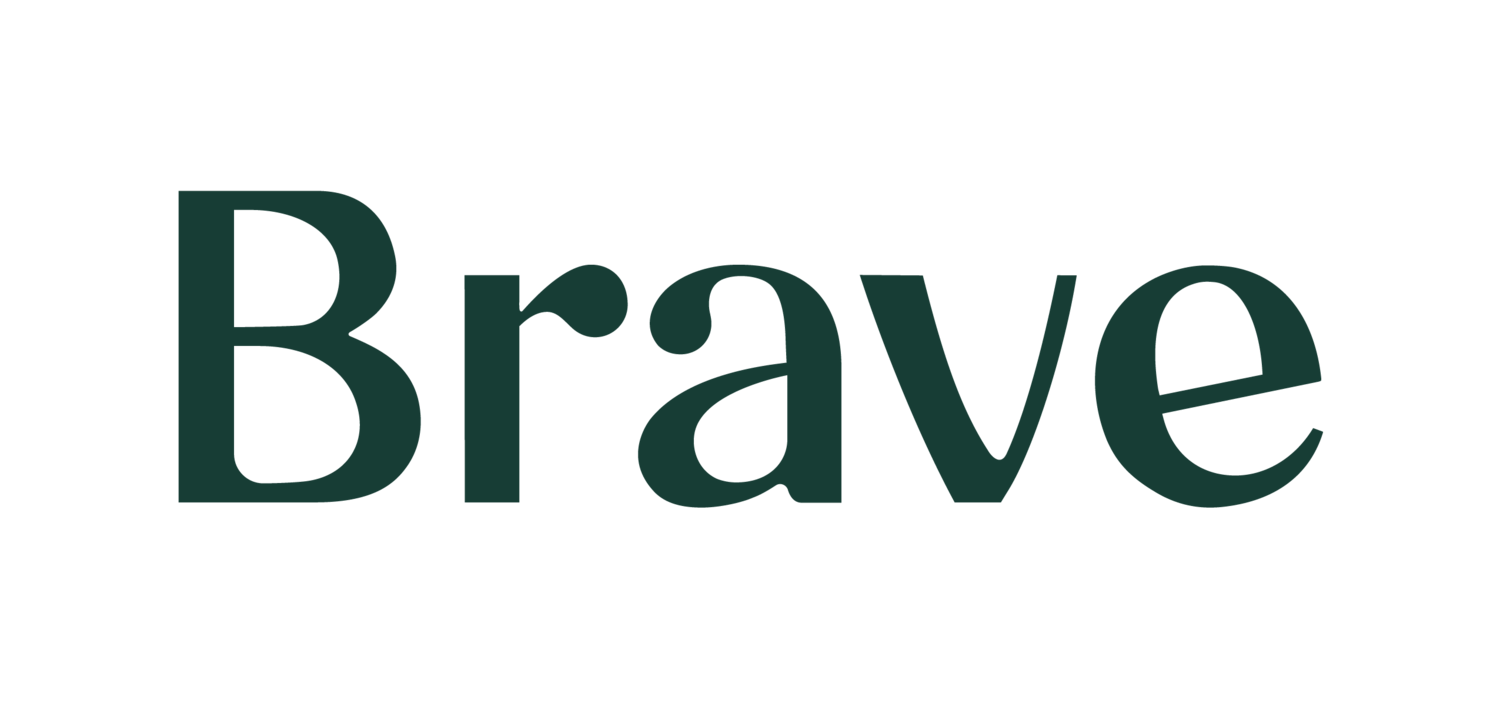Flip The Switch: Finding Mental Health Information on TikTok
Our TikTok habit started innocently enough. Like the rest of you, last March when we were all locked in our houses, we spent countless hours watching dogs doing stunts, celebrities stuck at home like the rest of us, and of course - the dances. Thanks to last spring’s lockdown, TikTok has emerged as one of the top social media platforms out there, with over 689 million users worldwide. With that large of a user base, it’s no wonder that many mental health professionals have also started to use the channel as a platform for educating consumers.
In many respects, this is something to celebrate. Not only are therapists and other professionals able to reach users, but for those struggling with a mental health condition, TikTok has become a place where people can share their own struggles and begin to erase the stigma associated with mental health issues. Users can share about how their ADHD or anxiety manifests, or how they cope with symptoms, which increases mental health knowledge with every view of each video.
However, there is a negative to this too. Some users rely on TikTok as a way to self-diagnose or medicate their own symptoms - without the guidance of a trusted mental health professional. Because TikTok videos are so short, there’s not a lot of space for creators to add their credentials, which makes it difficult to tell who’s an expert and who’s just a random person who may or may not be spreading correct information. This can lead to mistrust in the medical community. Furthermore, since the algorithm usually shows videos that are similar to ones you’ve already watched, you may miss out on hearing an opposing viewpoint to something that could change your perspective.
60 seconds isn’t a lot of time to go deep on a lot of complex mental health issues; shorter, more generalized videos tend to get more clicks than longer ones. This might oversimplify strategies needed to solve mental health issues, rather than encourage users to seek professional help or medical treatment. Mental health solutions are often tailored to each individual, and suggesting one treatment method as the end-all to a group of viewers could be dangerous.
As an example. TikTok creator Max Klymendo posted a video where he cited the “latest science” to claim that wearing black may have a negative impact on one’s mood. Psychology professor Dr. Inna Kanevsky posted a TikTok in response to his video that explained the actual study, which pointed out that certain colors may provide certain cultural associations but did not specifically infer that colors impacted mood.
TikTok brings to light the differences between therapists and other “experts” that may or may not have the same credentials as them - life coaches, motivational speakers, and just plain content creators. These types of individuals aren't held accountable by licensing boards and codes of conduct, so there’s no governing body that can protect consumers from harm if they consume or react to the information that is shared. This is especially dangerous considering how much of TikTok’s user base is under the age of 35.
If you receive information from something you’ve watched on TikTok, you can and should find out the validity of the creator's claims by looking them up on a state licensing board website. Furthermore, no matter how smart the advice you’re given seems, it’s best to always follow up with your own doctor and/or mental health professional who knows your complete medical history and can better advise on any treatment strategies you may want to try.
Reach out to our team with any questions about anything you’ve seen on TikTok at bravegr.com. We may not be able to do the Renegade dance (yet), but we’re pretty good at helping you work through life’s challenges.
